
Industry trends consumer durables/retail October 2025

Agreement with Alibaba.com

Here to help you

Case studies

Testimonials

Latest Articles
Tari...


Pharmaceuticals businesses throughout the world are reviewing their operational and...
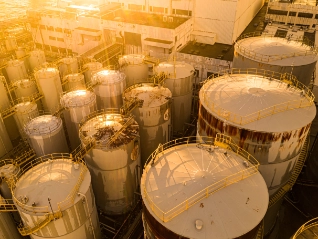
Chemicals production growth projected to slow in 2025/2026 due to US tariffs

Trade tensions trigger higher insolvencies

Looking for safe havens in a divided region

In some markets the indirect impact of tariffs could dampen higher food spending

A temporary de-escalation in the US-China tariff dispute will support global electronics growth
Viewing 7 out of 152
Thanks to this partnership, our clients in Spain can become sellers on Alibaba.com’s B2B marketplace without paying an entry fee


Europe has committed to a new era in...
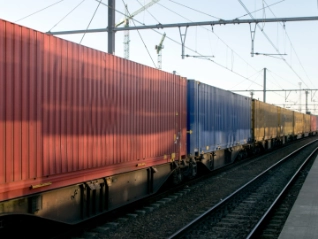
Trade tensions, AI investment and geopolitical shifts dominate the global trade agenda. The key takeaway: business must...

Navigating global payment risk in a year of rising insolvencies and shifting customer behaviour
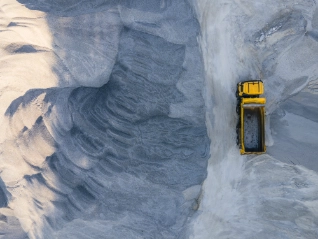
The US President’s latest tariff threat exposes the weaponised interdependence that has become a flashpoint for...

Our Q3 2025 Risk Map update underscores the widespread nature of country...
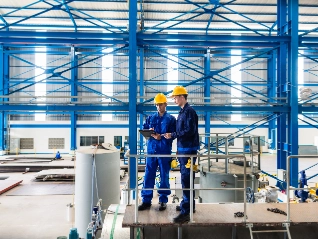
The President promised the return of millions of factory jobs, but rising investment pledges masks a mixed picture for US manufacturing
Viewing 7 out of 54
Explore the trade-offs between credit insurance and self-insurance to protect cash flow and...


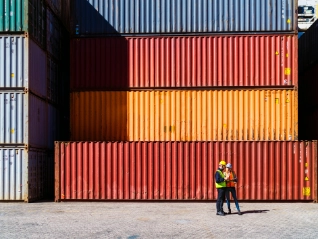
In an interconnected and volatile global economy, falling exports are more than a trade concern. They can...

Global disruptions...

Resilience planning can be the difference between business growth and catastrophic...

The bill of exchange has shaped global trade for centuries. While it works well to enable securing transactions, it also carries the...
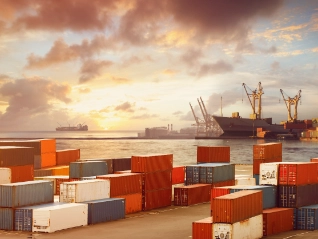
In today’s trade climate, tariffs pose major challenges. This article explores how Incoterms help...
Viewing 7 out of 24

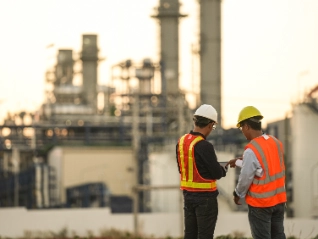
With the backing of Atradius’s resources, EnCom Polymers has been able to expand business with existing customers and go...

BVV GmbH grew internationally and recognised risks such as companies on the brink of insolvency in plenty of time to mitigate the...

Atradius Surety has enabled Vinci Construction France to expand their sources of finance beyond their...

How we are part of Continental Banden Groep B.V.'s business process, minimising risk and supporting sales
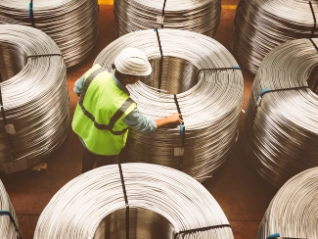
Ben Green, President and Owner at...

Viewing 7 out of 8
Our agility and local knowledge of worldwide markets and buyers are key reasons why textiles business Georg Jensen Damask say they collaborate...


Janson Bridging (International) uses export credit insurance from Atradius Dutch State Business (DSB) to offer favourable credit terms to customers...
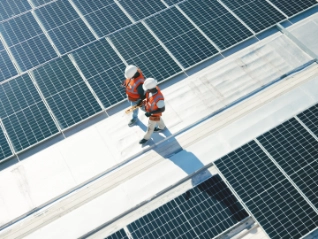
By providing open dialogue, insight and valuable credit information we helped Brook Green Supply improve their internal credit...

Calidad Pascual partners with international credit insurance firm Crédito y Caución Atradius to gain additional knowledge of international markets.

Late payers prompted content marketing agency KMOdynamoo to take out an Atradius credit insurance policy and has resulted in better debtor management.

Omron has achieved sustainable growth while navigating the uncertainties of China-US trade relations and regional manufacturing transformation.

FERM (International) offers competitive payment terms and limits their credit risk to developing countries by using Atradius Dutch State Business (DSB) and...
Viewing 7 out of 9
Discover how trade credit insurance helps Australian and NZ businesses reduce payment risk, protect receivables, and maintain cash flow in B2B trade


Protect your cash flow with a smarter, unified risk management solution

































